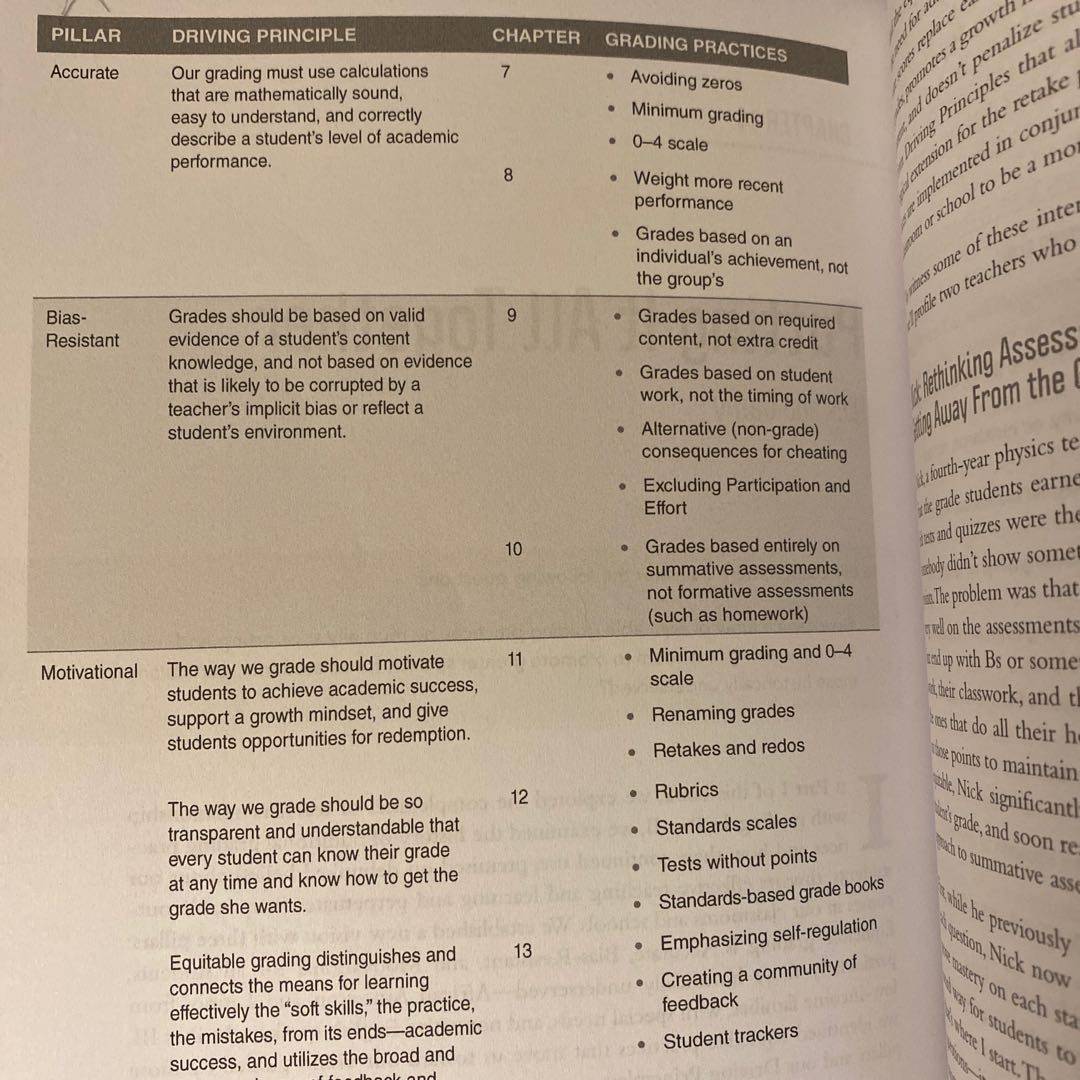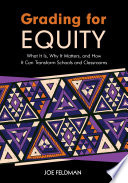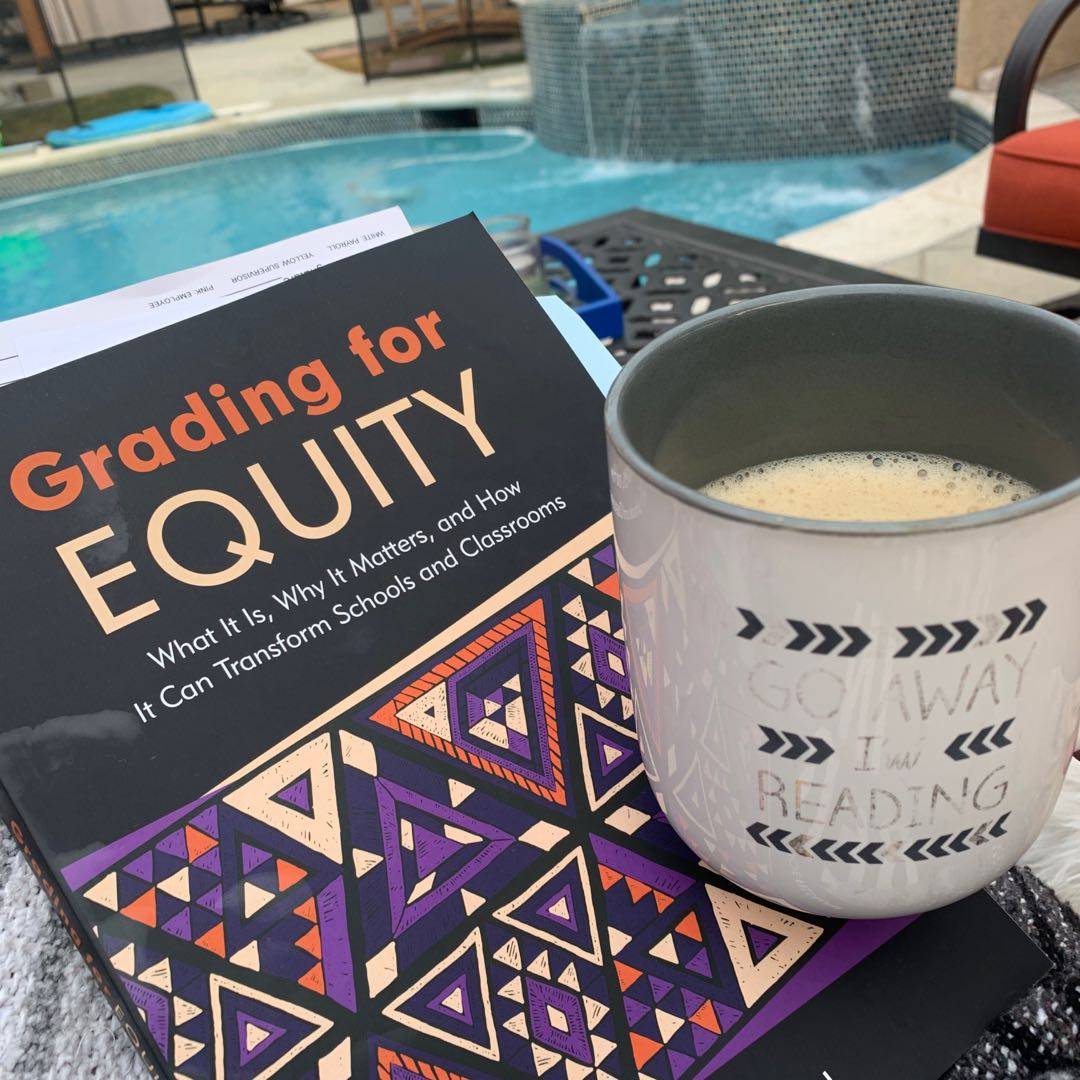
An interesting read. Some concepts I was already familiar with and using but there were new ideas. I still struggle with some of the justifications the author presented, and the lack of consistency between elementary, middle, high school, and college concerns me. Some highlights were the 50-100 percent range instead of 0-100 (minimum grading), not grading homework or behaviors, no late penalties, rubrics, standards scales, and student trackers.
1 like




















